ITIL 4 provides practical and flexible guidance to support organizations on their journey to digital transformation. It provides an IT/digital operating model for the delivery and operation of tech-enabled products and services and enables IT teams to continue to play a crucial role in wider business strategy.
ITIL provides a framework for quality IT service management (ITSM) through proven best practice. ITIL manages the creation of a service, its operation and its improvement. Organizations who adopt ITIL invariably adapt it to suit their specific requirements.
This course is designed to take practitioners and organizations on a digital strategy journey. Its iterative, eight-step model moves from “vision” through to “actions” and is about creating sustainable, digital momentum; this fulfils the enterprise’s evolution into a digital enterprise and enables business value co-creation. The guidance also highlights four key capabilities to develop a holistic, digital capability framework: digital leadership, managing innovation and emerging technologies, risk management and structuring a digital enterprise.
ITIL ®4 Leader: Digital and IT Strategy (DITS) is aimed at people in senior roles including CIOs, consultants and others involved in digital transformations, service and strategic delivery.

 Finland
Finland Germany
Germany Denmark
Denmark Sweden
Sweden Italy
Italy Netherlands
Netherlands Norway
Norway 

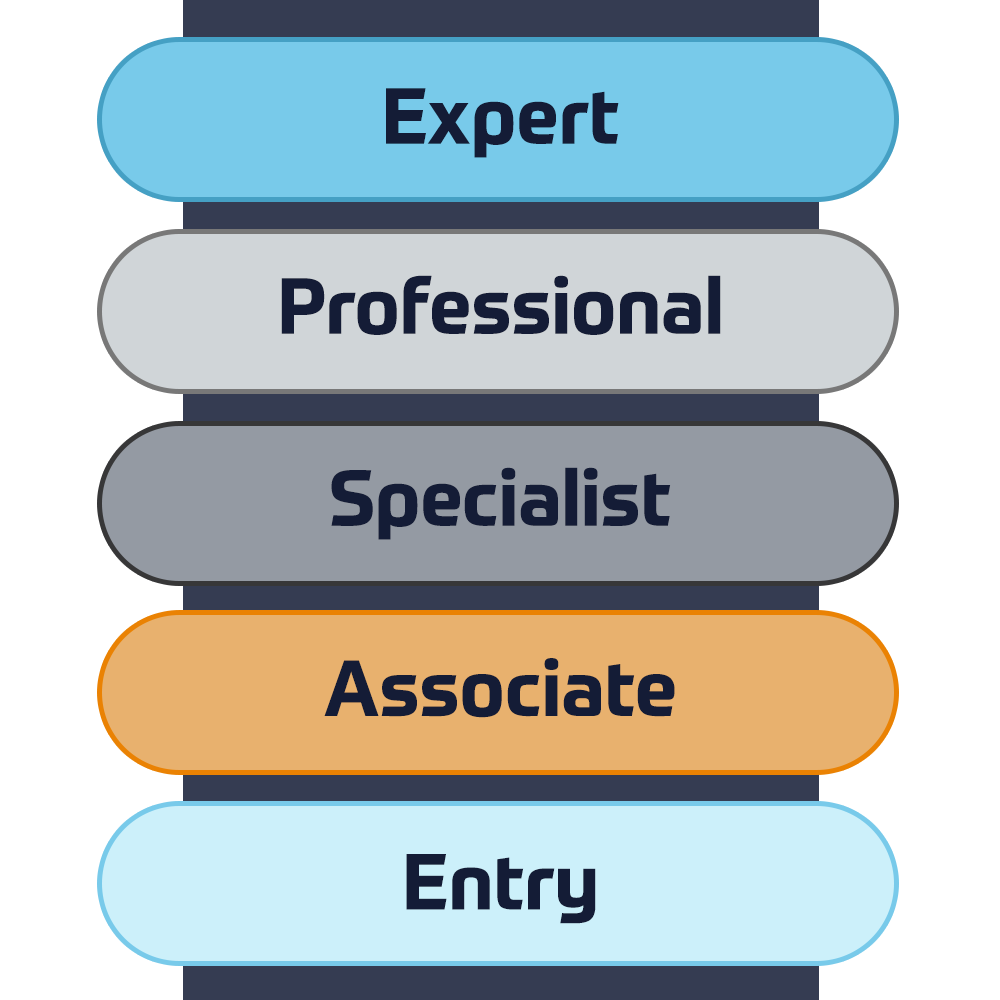




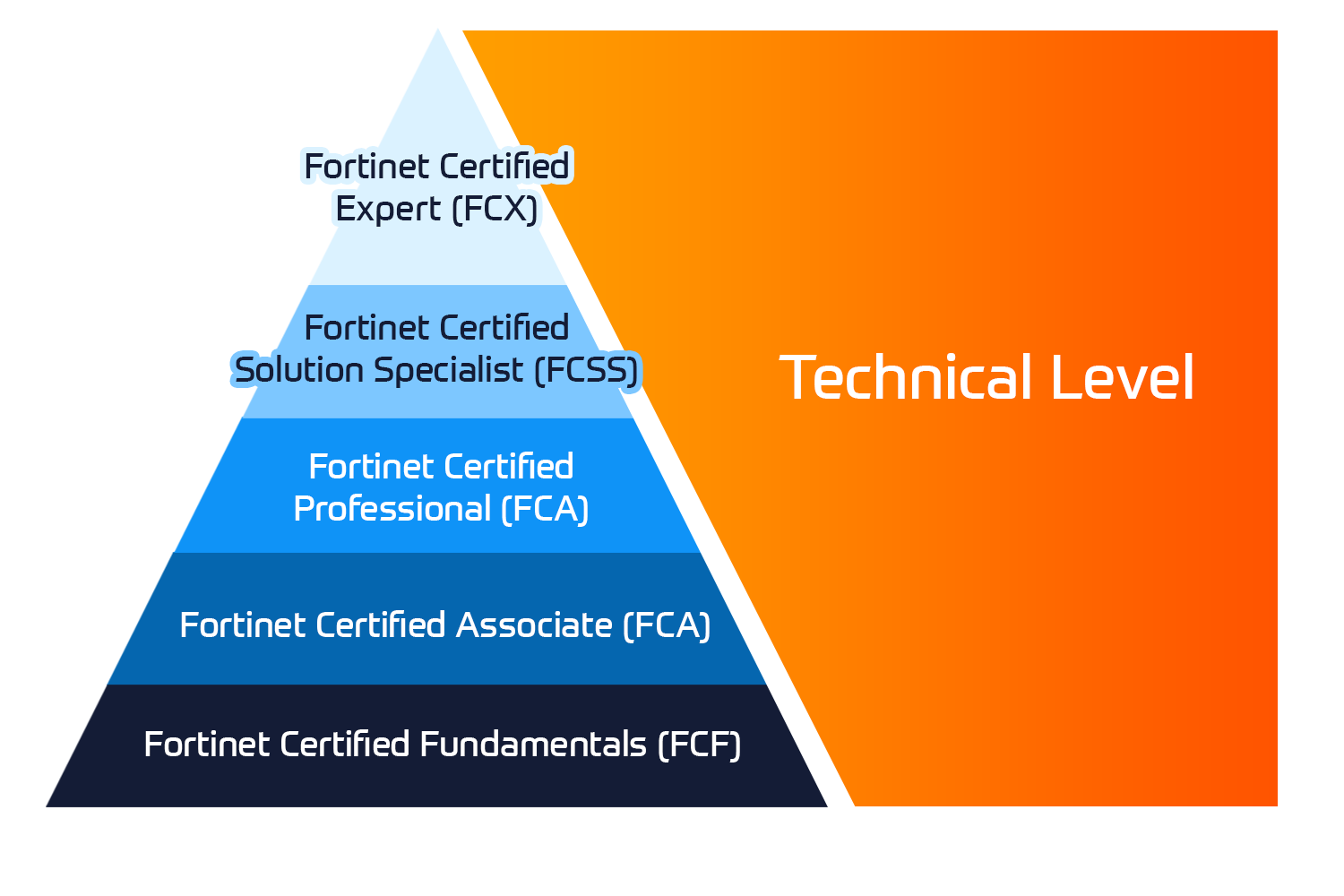



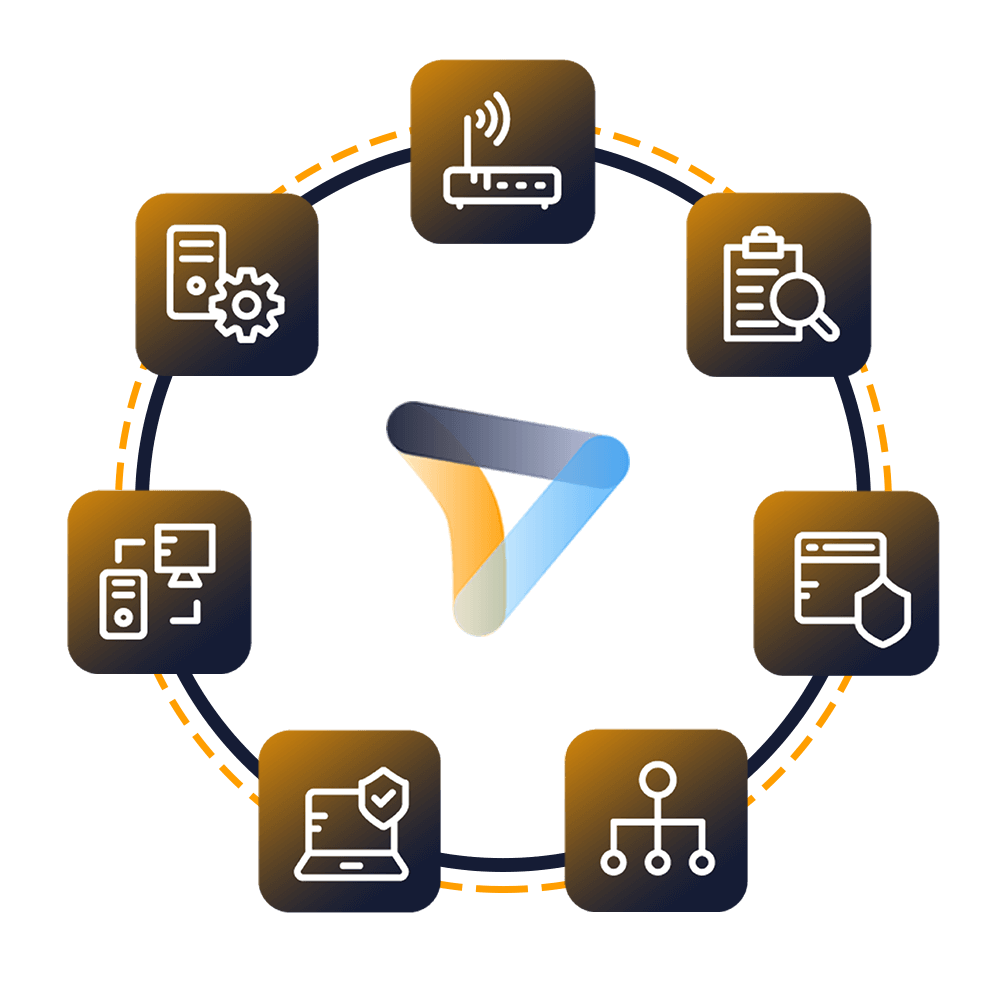




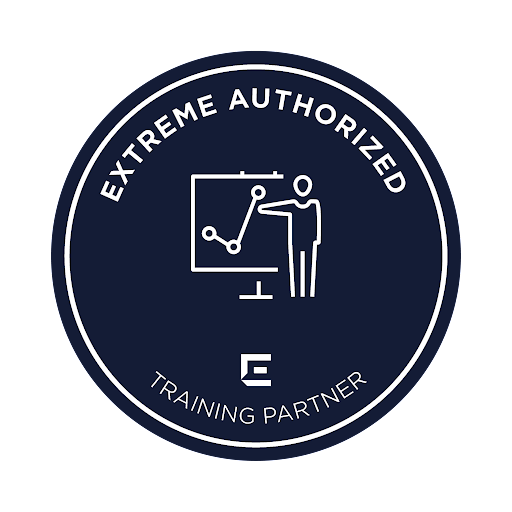








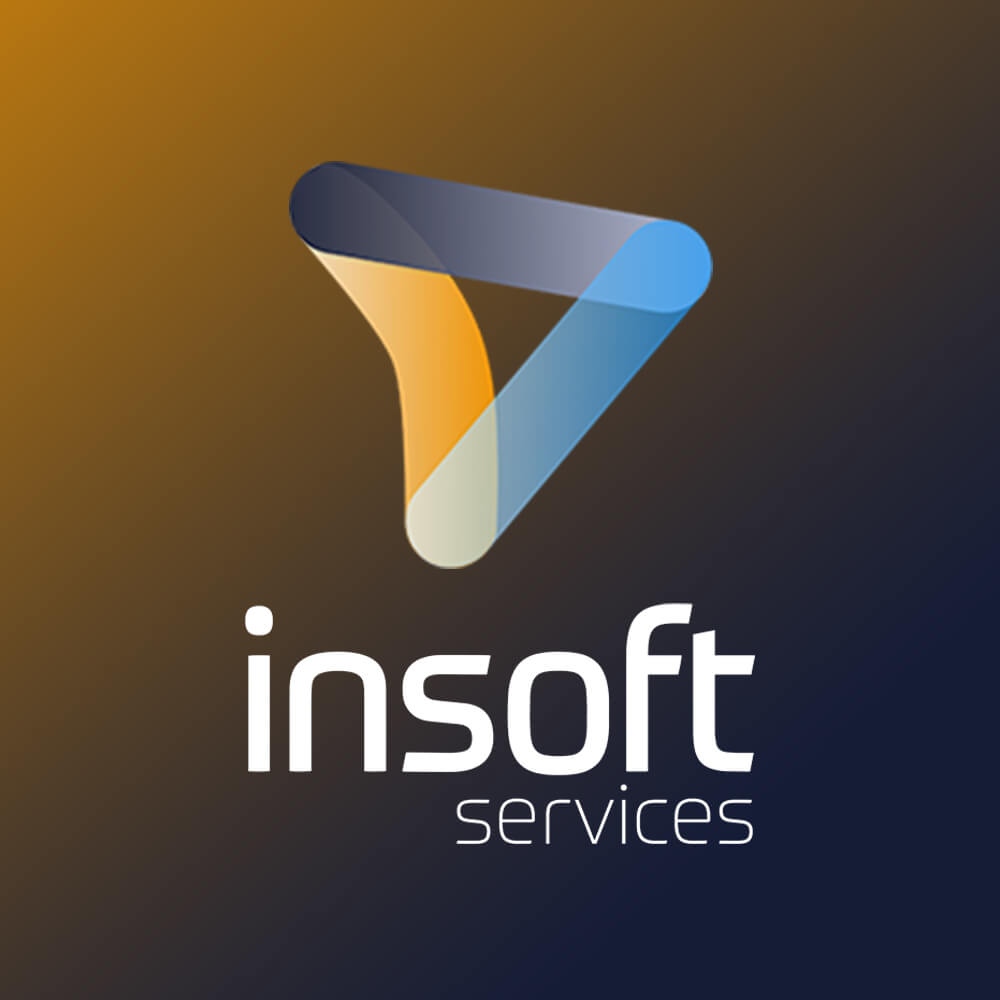


 Duration
Duration  Delivery
Delivery  Price
Price